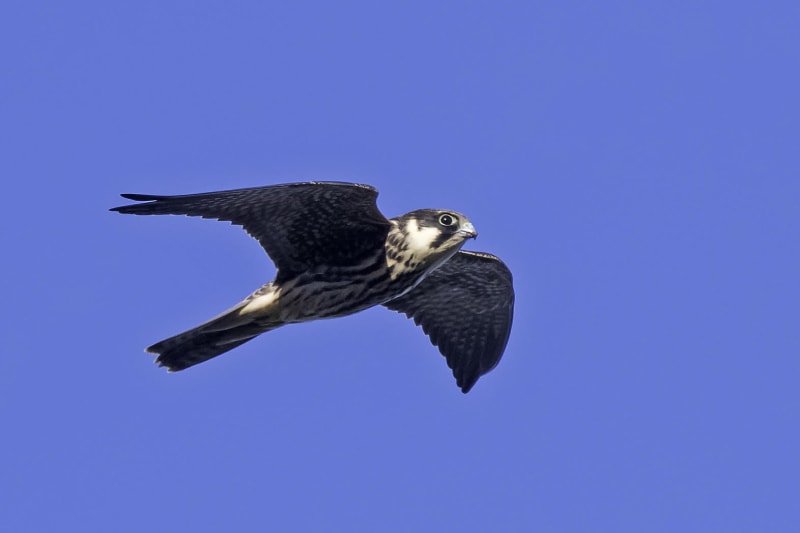Chainbridge Nature Reserve Scrape East & West (IVNR)

Access onto this site is not allowed as this is now part of the wildlife trust European Beaver enclosure. Viewing is sadly now restricted from the adjacent tracks due to the enclosure fence line but access to the two viewing mounds found off both Chainbridge Lane and Hawthorn Lane by the Windsurf Pool are not restricted. The area itself is split in two (East & West) with the Eastern section comprising a former furrowed gravel quarry that was restored to what you see today. Grazing and scrub management have in the past kept this area in good condition, but naturally fluctuating water levels are a constant problem for managing this site and for the establishing reedbeds. When conditions are right, good numbers of passage waders can be present with excellent views available for the lucky observer. The raised screen off Chainbridge Lane is also a useful ‘Visual Migration’ spot and affords the observer an almost 360-degree field of view right bang in the centre point of the Idle Valley Nature Reserve itself. Just standing here all day long could easily get you 60-70 bird species.

Breeding birds here include Marsh Harrier (2018), Oystercatcher, Black-headed Gull, Shelduck, Red-crested Pochard, Gadwall, Shoveler, Reed Bunting, Whitethroat, Reed Warbler with Chaffinch and Bullfinch in the Hawthorn hedgerow nearby. The Western section is deeper water with a single now overgrown island and attracts many diving duck species with Goldeneye, Pochard and Tufted Duck found feeding here in winter.

Winter in fact produces a huge gathering of ducks and geese of many species with the locally wintering Whooper & Bewick’s Swans often found night roosting here to avoid the local foxes. There are now several large areas of established reed around this site which has attracted Bittern to winter more regularly in recent years and several birds have also summered here in recent years indicating possible future breeding here. Little Egrets also favour this site with numbers often reaching 15+ birds. In spring and summer, the woodland bordering the NW corner and along Cross Lane track at the northern boundary are good areas to witness and hear the ‘purring’ call of the now nationally rare Turtle Dove.
Rarities
Rarities here have included:
- White-winged Black Tern (1992 and 1994)
- Caspian Tern (1993 and 1998)
- Roseate Tern (2004)
- Cattle Egret (2008, 2021 & 2022)
- Great White Egret (2007 to 2014 and 2016 and this site is now very much the place to see these birds annually)
- Collared Pratincole (1999)
- Baird’s Sandpiper (2010)
- Broad-billed Sandpiper (2011)
- Glossy Ibis (2016)
- White-rumped Sandpiper (2019)
- Hoopoe (2020)
- American Wigeon (2021)
- Great Reed Warbler (2022)
Scarcities
Numerous scarce species noted here have included:
- Great White Egret (annual)
- Bearded Tit
- Pectoral Sandpiper
- Temminck’s Stint
- Little Stint
- Caspian Gull
- Bittern (now becoming annual and birds have over-summered in 2020 and 2021)
- Marsh Harrier (regularly seen here and bred here in 2018)
- Hobby (by far the best place to see these birds and often in double figures)
- Spotted Redshank
- Arctic Tern
- Mediterranean Gull
- Little Gull